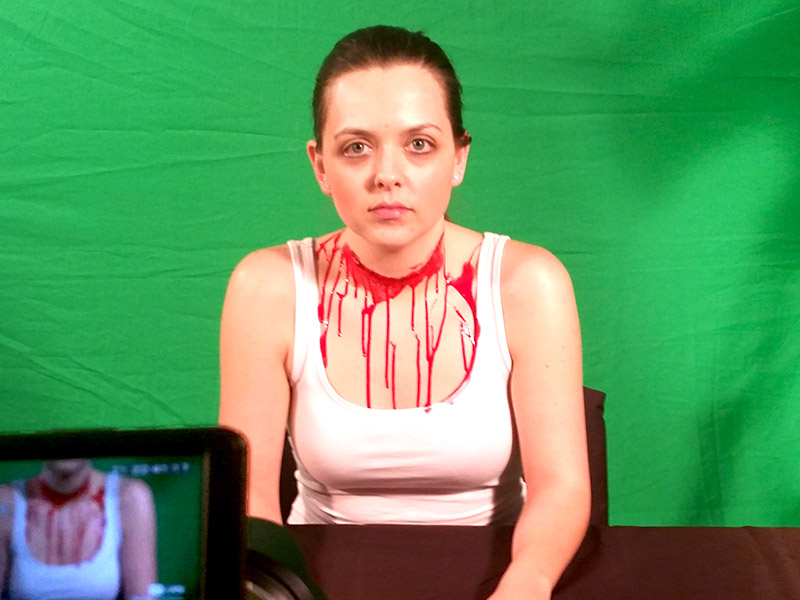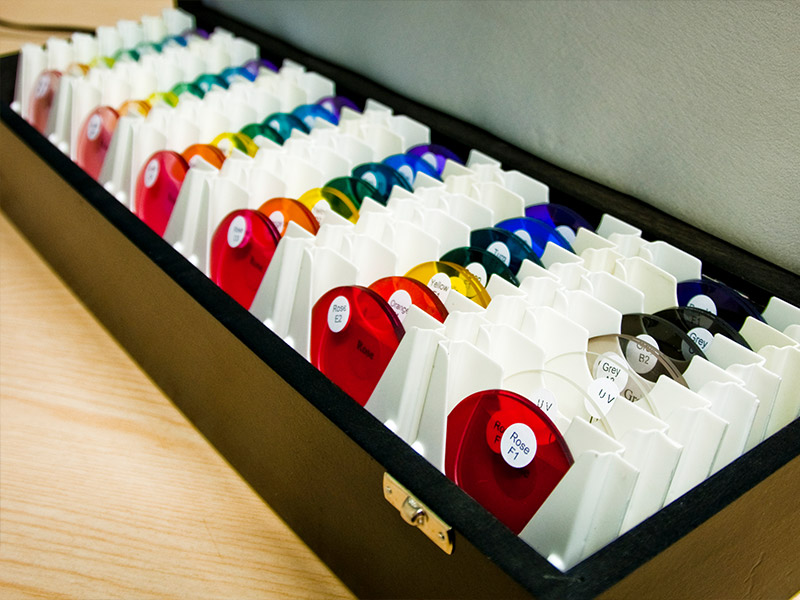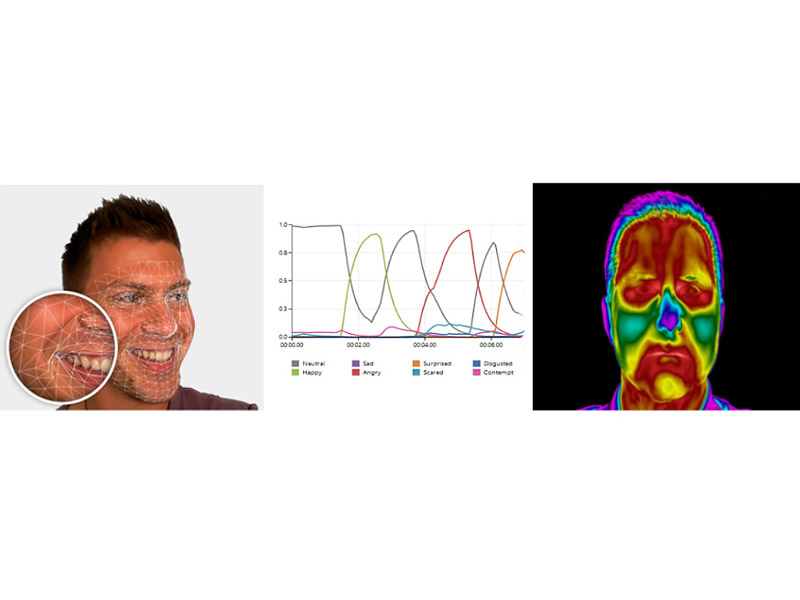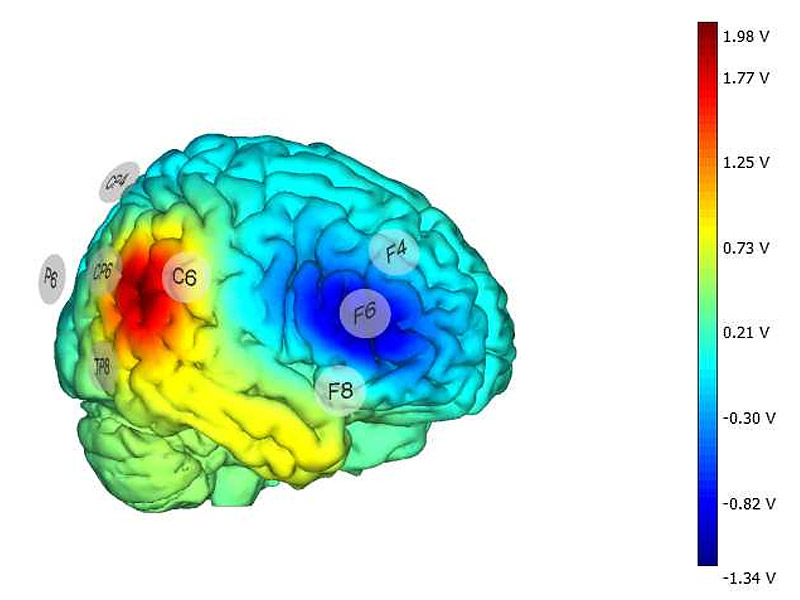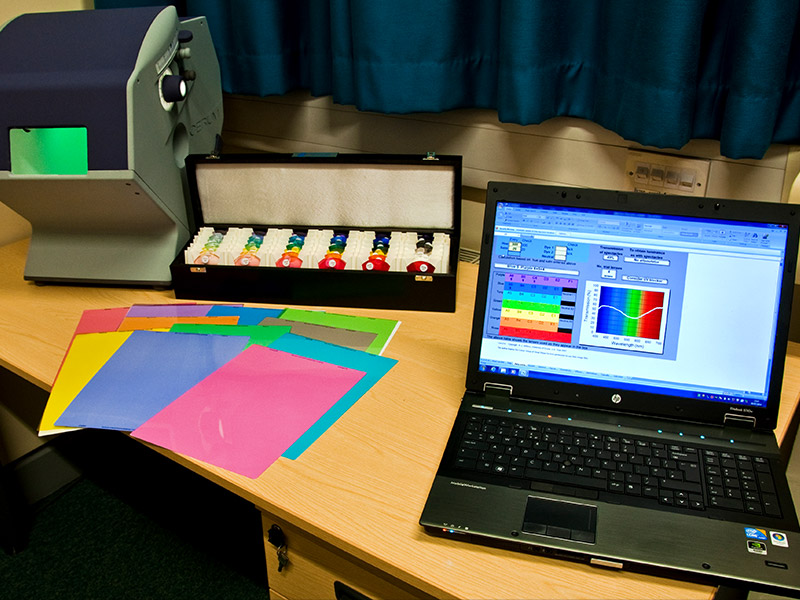
Aberrant Experience, Awareness & Emotion Laboratory
Research in the laboratory focuses primarily on disorders in consciousness and aberrant experiences. These can include hallucinations, perceptual distortions and delusions. These experiences come in many flavours. They can be associated with neurological disorders and psychopathology; they can also occur in the complete absence of these factors (i.e. in the psychologically "normal" population). Research in the laboratory is currently investigating a host of factors that underpin these remarkable experiences, including:
- breakdowns in multisensory integration and hallucinations in body-representation or embodiment (e.g. the out-of-body experience)
- emotional processing and emotional disorders
- dissociative experiences such as depersonalisation or derealisation
- brain mechanisms sub-serving the rubber-hand illusion
- the role of cortical hyperexcitability in aura or hallucination reported in migraine or epilepsy
- perspective-taking mechanisms and dissociative experiences
- the neurocognition of aberrant conscious experience
Methodologies and Equipment
Psychophysiology
We have equipped the laboratory with the latest high-end specification psychophysiology measuring devices (2x Biopac MP36R DAQ units). These devices are capable of sampling biophysical signals up to 100,000 samples-per-second. These are currently configured to support:
- event-related research on electrodermal activity (EDA)
- skin conductance responses (SCRs)
- facial electromyography (fEMG)
- finger-temperature
- electroencephalography (EEG)
- heart-rate
The laboratory now supports the latest in novel digital emotional FaceReader methods (with supporting Tracksys Observer software for analysis). This equipment allows us to provide a comprehensive examination of emotional processing – even more so when coupled and integrated with the Biopac systems via an event-related configuration. Furthermore, Thermal-imaging cameras (Flir T460) are also equipped and provide the means to examine the thermal state of observers across a variety of contexts and situations.
Brain-Stimulation
The laboratory is also home to an 8-channel wireless (StarStim: Neuroelectronics) brain-stimulation unit capable of a variety of low-amplitude stimulation methods tDCS, tACS, tRNS. This system comes integrated with powerful software that allows easy configuration and monitoring of multifocal tCS electric field simulation parameters using advanced head model approaches. These methods support scientific, medical and clinical research. The research offers Sham and Double-blind modalities as well as opening up telemedicine approaches using the NUBE Cloud Management Service, which may imply brain health innovation. The StarStim system can also be configured to work with TMS to create tailored and bespoke interdisciplinary stimulation protocols.
Intuitive colourimetry
Some people find some elements of the visual environment (e.g. fluorescent lighting or striped patterns) to be particularly aversive to view. This can induce a host of phantom visual distortions. This phenomenon is called visual stress. Visual stress is thought to reflect an increased degree of cortical hyperexcitability. This is where certain groups of neurons in the optical system become over-stimulated and fire inappropriately. We can lessen the symptoms of visual stress by the use of precision coloured tints in lenses which may help to redistribute and spread the over-stimulation across a more comprehensive neuronal network.
We have equipped the laboratory with a Cerium Mk III Intuitive Colorimeter (and associated lenses) which is used to delineate the tint colour. It is capable of:
- producing over 100,000 colour combinations
- allowing for the precise
- logical exploration of colour space to locate a precision tint
- providing optimal relief from the symptoms of visual stress and reducing cortical hyperexcitability
Investigations are now underway in the psychology department, exploring the beneficial effects of precision tinting across a variety of neurological and clinical conditions including:
- migraine both with and without aura
- dissociative disorders such as depersonalisation or derealisation
- sleep disorders or dyslexia where visual anomalies are present
- depression
- cortical hyperexcitability from an acquired head injury and stroke
- visual stress and anxiety or mood disorders
- visual stress and the symptoms of psychosis
- methodological improvements including the development of masked or blinded designs
Resources
- A Guide for Analysing Electrodermal Activity (EDA) & Skin Conductance Responses (SCRs) for Psychological Experiments
- Issues Surrounding the Normalisation and Standardisation of Skin Conductance Responses (SCRs)
An electronic version (MS Access) of the Cortical Hyperexcitability index (CHi) is freely provided here for all users along with guidance documents and a formatted spreadsheet. If individuals download and use these resources in their research, please cite the original paper " Braithwaite, J.J., Marchant, R., Takahashi, C., Dewe, H., & Watson, D (2015). The Cortical Hyperexcitability Index (CHi): A new measure for quantifying correlates of cortical hyperexcitability. Cognitive Neuropsychiatry 20 (4), 330-348. doi:10.1080/13546805.2015.1040152.


